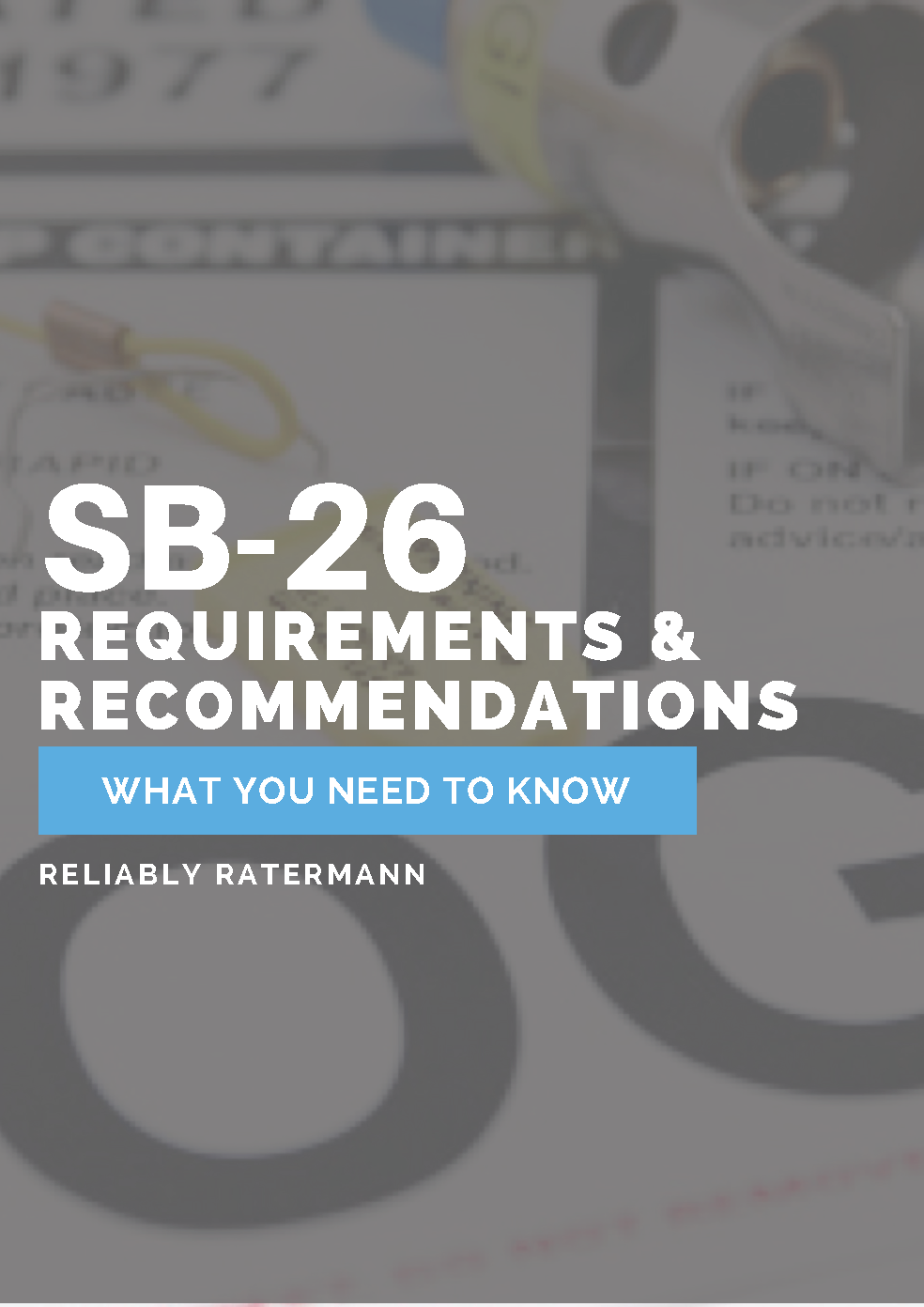Ratermann Learning Center
A hub providing relevant information and updates on industrial gas, cryogenics, and CGA regulations, as well as industry specific solutions for fill plants, beverage distribution and medical gas supplies.

cryogenic equipment | cryogenic valves
By:
Lance Looper
July 3rd, 2024
In the early days of cryogenic bulk tanks, fitting a tank with valves and instrumentation was a lot more complicated and involved, as customer needs grew to include check valves, strainers, relief valves, and drain valves in addition to the primary top and bottom fill components. It took hours of welding and brazing to build up a tank, which greatly limited how many tanks could be outfitted and put into operation.

By:
Lance Looper
June 19th, 2024
If you haven’t yet heard, Ratermann added full service oxygen cleaning to its roster of reliable solutions earlier this year, going one step further in providing exceptional one-stop service for customers. While you may already know that oxygen applications demand high purity, you may not know what oxygen cleaning entails or exactly how important it is.

Refresh your understanding of the critical preventive measures that have been shown to save lives by subscribing to our blog for a free download of our guide: Ratermann's guide to SB-26 & our reccomendations to prevent gas mix-ups.

cryogenic valves | hydrogen | valves
By:
Lance Looper
May 15th, 2024
The 2022 CHIPS Act (Creating Helpful Incentives to Produce Semiconductors) and subsequent rounds of funding to boost semiconductor production in the United States have resulted in an increased need for high-quality components necessary for manufacturing.

cryogenic equipment | cryogenic valves
By:
Lance Looper
April 17th, 2024
The term “ASME Certified” gets thrown around a lot in the cryogenic and compressed gas industry. But what does that really mean and why is it important?

Cryogenic Corner | cryogenic equipment
By:
Lance Looper
March 6th, 2024
Flow rate and pressure are constant concerns when it comes to cryogenics. When the demand for gas increases higher than the output of the liquid cylinder, both the pressure and flow rate drop in response. Here’s where a vaporizer saves the day.

medical | Medical Gas Supplies | gas for laser
By:
Lance Looper
February 21st, 2024
For hospitals and medical facilities, precision is critical when it comes to gas delivery. They rely on consistent, accurate oxygen pressure control as it travels from the external tank and through the system for patient use.